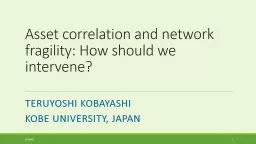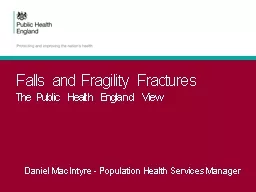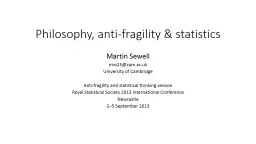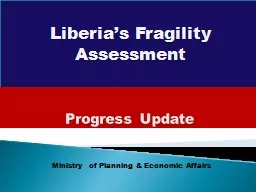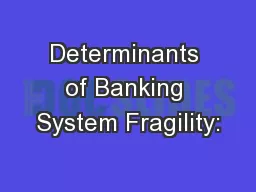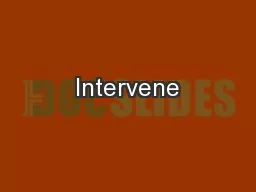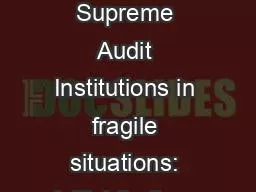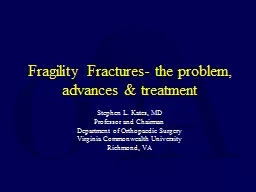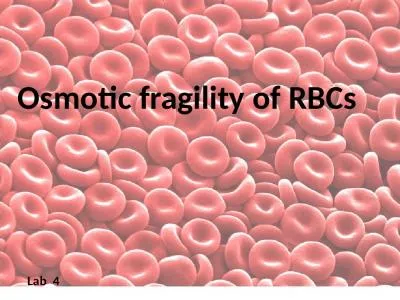PPT-Asset correlation and network fragility: How should we intervene?
Author : atomexxon | Published Date : 2020-08-05
Teruyoshi Kobayashi Kobe University Japan 201493 1 Observation 1 Banks form networks but they do not take into account the whole network structure which creates
Presentation Embed Code
Download Presentation
Download Presentation The PPT/PDF document "Asset correlation and network fragility:..." is the property of its rightful owner. Permission is granted to download and print the materials on this website for personal, non-commercial use only, and to display it on your personal computer provided you do not modify the materials and that you retain all copyright notices contained in the materials. By downloading content from our website, you accept the terms of this agreement.
Asset correlation and network fragility: How should we intervene?: Transcript
Download Rules Of Document
"Asset correlation and network fragility: How should we intervene?"The content belongs to its owner. You may download and print it for personal use, without modification, and keep all copyright notices. By downloading, you agree to these terms.
Related Documents

